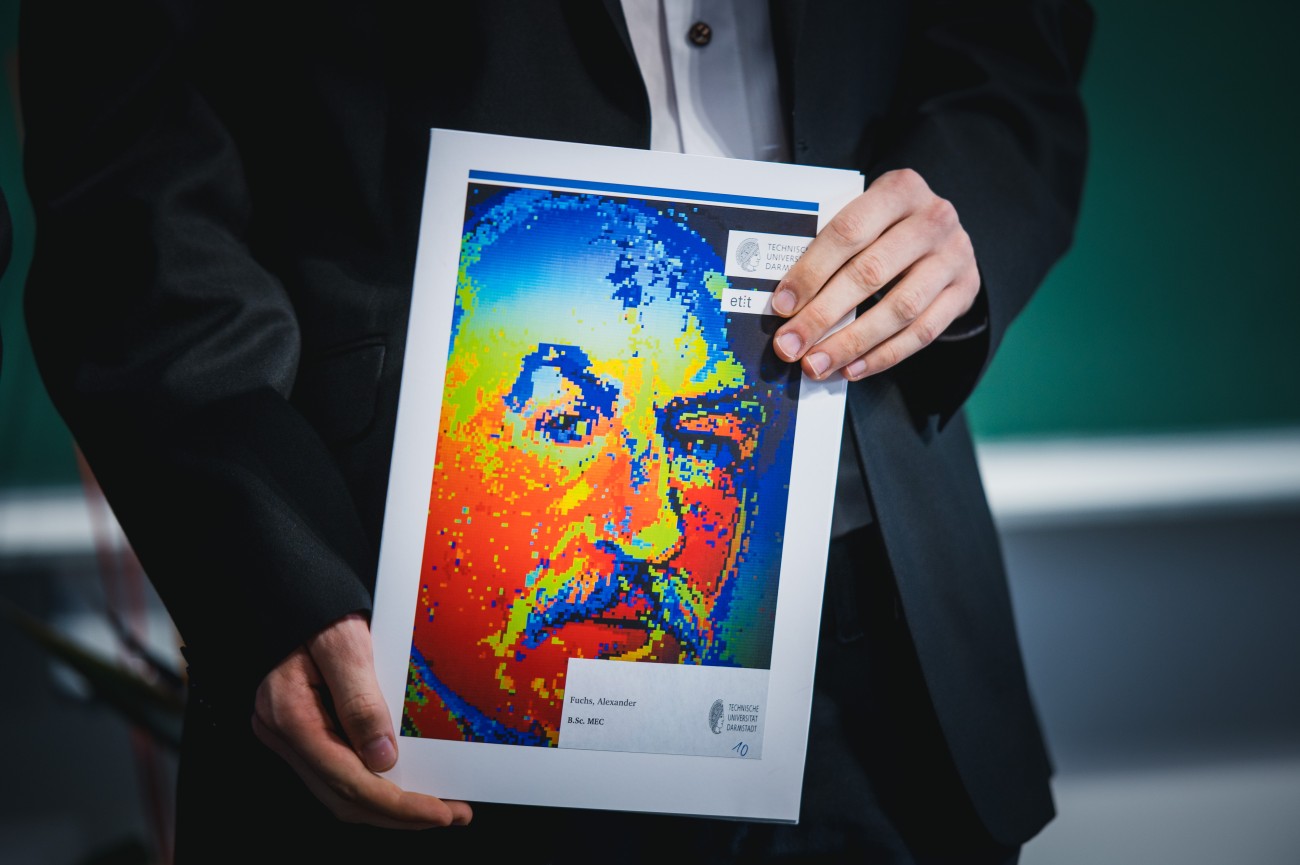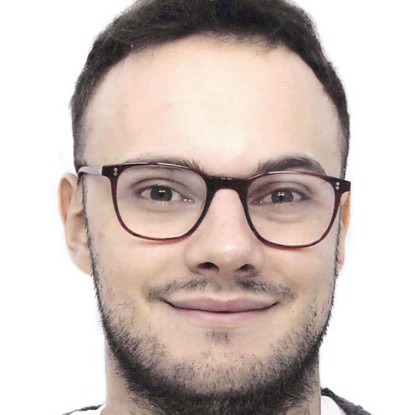SPD Matrices Reimagined: A Novel Approach to Computer Vision
Collective Intelligence, Optimization and Control
Arbeitstyp nach Absprache, Masterarbeit, Bachelorarbeit
Collective behavior of large scale ensembles of agents or particles is ubiquitous in nature. It is often characterized by the emergence of regular spatio-temporal dynamics from a disordered state without any central coordination. Examples include colonies of bacteria, schools of fish, flocks of birds, groups of people, and many more. A popular model to analyze such dynamics is a system of self-propelled particles (SPPs) that align their direction of motion to the average heading in their neighborhood. This model is known as the Vicsek model. Under such an update rule the system either converges to complete alignment or remains in a disordered state. However, many of the experimentally observed collective dynamics do not fall into these two categories. More specifically, regular, coherent and irregular, disordered dynamics are present simultaneously. A genuine coexistence of dynamical regimes was originally found in networks of nonlocally coupled oscillators and called a chimera state. This is a state of the particle system where groups of oscillators are synchronized while other oscillators undergo chaotic dynamics.
We recently showed that chimera states could also be found in systems of SPPs. In that work, we investigated the parameter region of so-called in-phase coupling where particles tend to align with each other upon interactions. This results into the emergence of polar order of particle motion. We are interested to conduct the further research on collective behavior that results from out-of-phase coupling. We believe that one might observe the emergence of nematic order, where two subpopulations move in opposite directions, in potential combination with chimera states. Nematic order has been observed in SPP systems but exclusively under specifically designed rules that impose orientational division. In contrast to that, our model suggests a way to favor nematic interactions implicitly via a so-called phase lag parameter.
A potential candidate should be familiar with some of the following:
- Nonlinear dynamical systems
- Partial differential equations
- Statistical / mathematical physics
- Numerical analysis of ordinary / stochastic / partial differential equations
- C++ and MATLAB / Python



